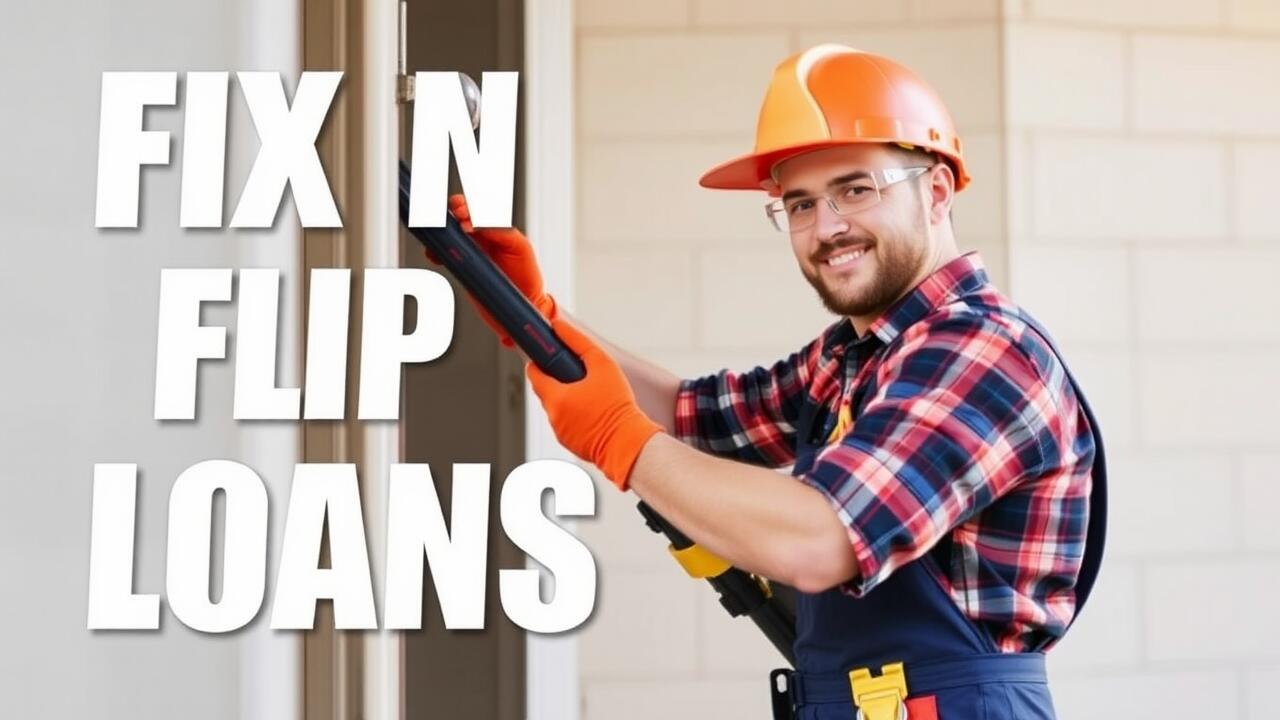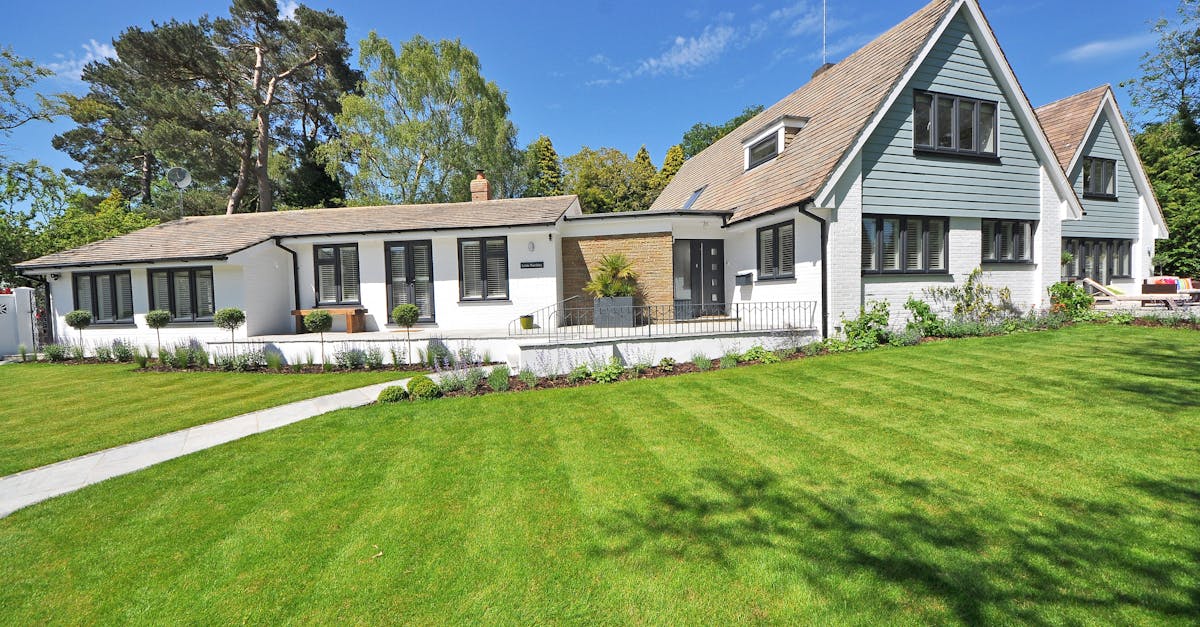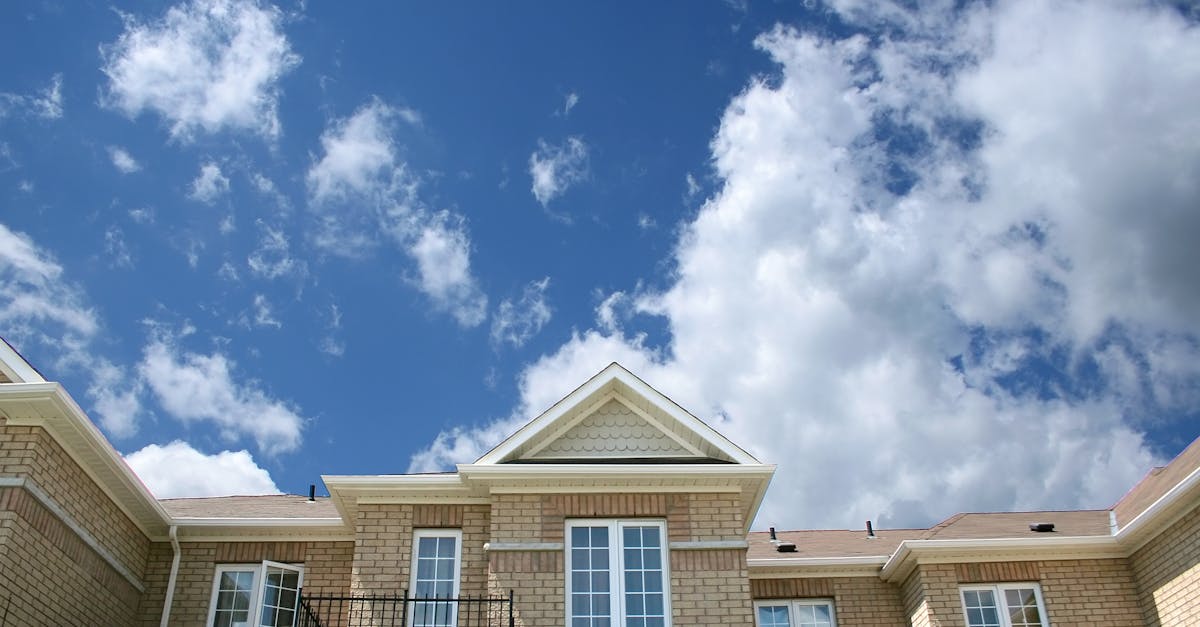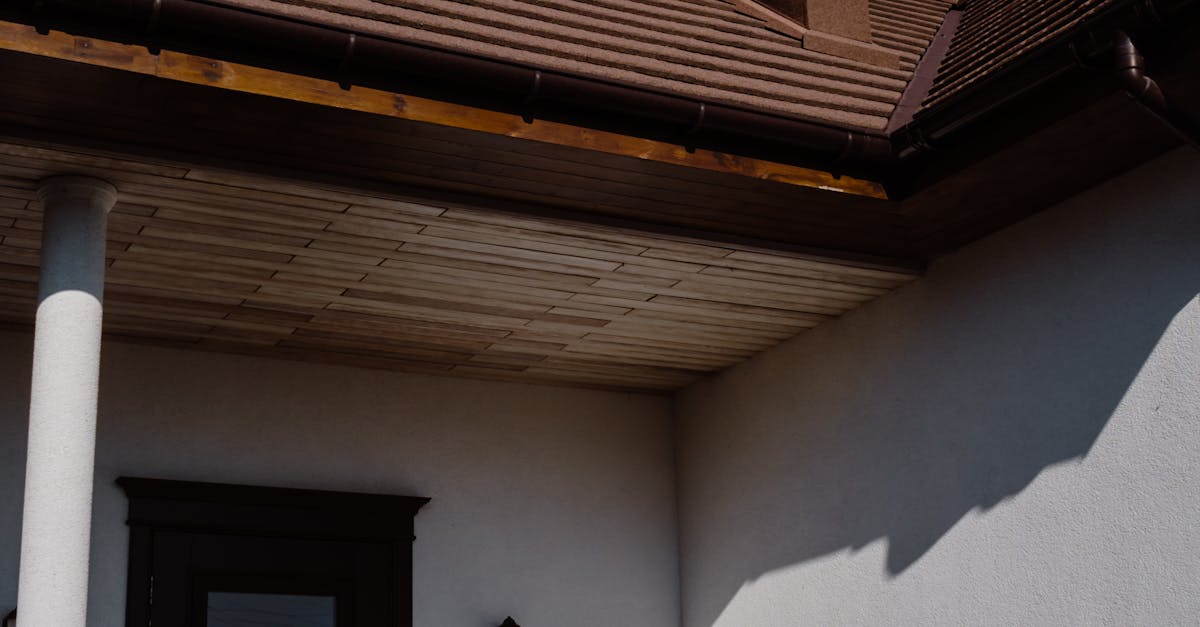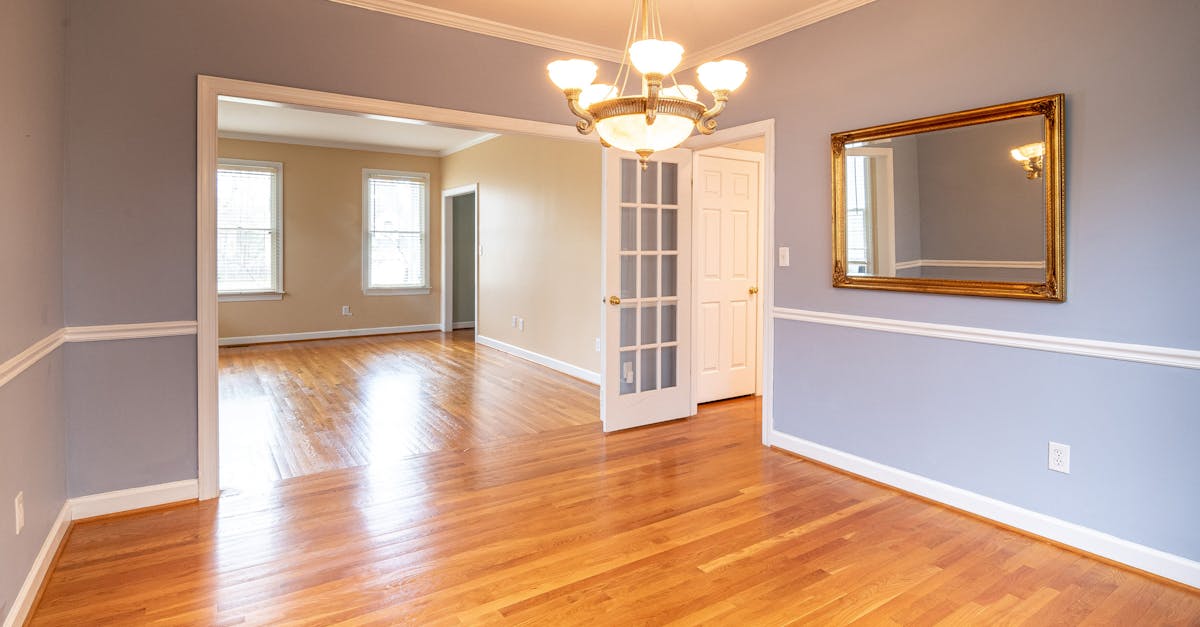
Table Of Contents
Marketing the Finished Property
Effective marketing is essential for selling a property after completing a fix and flip project. High-quality photographs that showcase the property's best features can make a significant difference in attracting potential buyers. Utilizing online platforms such as real estate websites and social media channels allows for reaching a broader audience. Also, staging the home can help buyers visualize the space, making it more inviting.
Investing in Fix n Flip Loans can provide the necessary capital for marketing efforts. This funding can cover everything from professional photography to staging and advertising. It is crucial to present the home in the best light possible. Attention should be paid to the listing description as well, highlighting the updates and improvements made during the renovation process can draw in interested buyers.
Effective Strategies for Selling
To maximize the appeal of a finished property, staging plays a critical role. Proper staging showcases the home's potential, allowing prospective buyers to envision themselves living in the space. Neutral colors, tasteful furnishings, and an inviting atmosphere can significantly enhance a property's marketability. In addition to staging, high-quality photography is essential. Professional images can attract more online interest, especially on real estate platforms where first impressions have a lasting impact.
Leveraging social media platforms is another effective strategy for selling a renovated home. By creating targeted ads and sharing visually appealing content, sellers can reach a broader audience. Additionally, utilizing Fix n Flip Loans as part of the financing options can appeal to potential buyers looking for investment opportunities. Clear communication regarding the property's features, value, and financing options helps cultivate interest and drives potential sales momentum.
Calculating Potential Returns
To accurately calculate potential returns in a fix and flip project, it's essential to consider all associated costs. Start by estimating the purchase price of the property, including any repairs and renovations needed to enhance its market value. Add in additional expenses such as closing costs, property taxes, and agent fees when selling the home. Understanding these costs provides a clearer picture of the necessary investment to achieve desirable profits.
Fix n Flip Loans can play a significant role in managing financing for these projects. They often cover the purchase price and renovations, enabling investors to maximize their cash flow. Evaluating the terms of these loans, including interest rates and repayment schedules, allows for a more comprehensive assessment of potential returns. Ultimately, knowing your numbers will guide strategic decisions and help in determining whether the investment is worthwhile.
Metrics to Assess Profitability
When assessing profitability in fix and flip projects, several key metrics come into play. One significant measure is the after-repair value (ARV), which estimates the property’s worth after renovations are completed. Understanding ARV helps investors gauge potential resale prices and formulate their renovation budgets effectively. Calculating the renovation costs, holding costs, and other associated expenses ensures a comprehensive view of total investment. Ultimately, these calculations enable investors to determine if the anticipated profits justify the initial investment and effort involved in the project.
Another crucial metric is the return on investment (ROI), which provides insight into the profitability of the project relative to its costs. Investors can calculate ROI using the formula: (Net Profit / Total Investment) x 100. This metric reveals how effectively capital is being utilized. Financing options, such as Fix n Flip Loans, can impact ROI due to their associated interest rates and fees. Evaluating ROI alongside other financial indicators, such as cash-on-cash return, helps investors make informed decisions about their projects and adjust strategies for future endeavors.
Risks Associated with Fix and Flip Projects
Engaging in fix and flip ventures comes with a range of risks that can significantly impact profitability. Unexpected repairs often emerge during renovations, leading to additional costs that can quickly erode expected margins. Moreover, market fluctuations can change rapidly, affecting the property's resale value. Investors must carefully monitor local real estate trends to ensure that their investment remains viable.
Another critical risk revolves around financing. While Fix n Flip Loans are an appealing option for obtaining capital, high interest rates and fees can pile up if the project extends beyond the initial timeline. Failing to accurately estimate costs or timelines can lead to financial strain, and a lack of proper contingency planning can exacerbate these issues. Understanding these risks is essential for successful investments in the fix and flip arena.
Common Pitfalls to Avoid
Flipping houses can turn into a costly venture if not approached with careful planning. One common pitfall is underestimating the renovation costs. Many investors assume that projects will not exceed their initial budget, leading to financial strain and potential losses. It's crucial to conduct thorough research on the property and have a realistic scope of work in mind. This prevents the surprise expenses that can arise during renovations, especially when dealing with older homes that may have hidden structural issues.
Another key risk involves relying solely on Fix n Flip Loans without considering current market conditions. Investors may become overly optimistic about a property's resale value post-renovation. If the housing market shifts unexpectedly, they might find themselves stuck with an overvalued property that doesn't attract buyers. Making sure to analyze comparable sales in the area and understanding local market trends can safeguard against this unfortunate outcome. Having a clear exit strategy can also provide an additional layer of security amid potential downturns.
FAQS
What is a fix and flip project?
A fix and flip project involves purchasing a property that requires repairs or renovations, improving it, and then selling it for a profit.
How can I effectively market a finished property?
Effective marketing strategies include using high-quality photos, staging the home, utilizing online listings, and promoting through social media and real estate platforms.
What metrics should I consider to assess profitability in a fix and flip?
Key metrics include the purchase price, total renovation costs, time invested, selling price, and the overall return on investment (ROI).
What are some common risks associated with fix and flip projects?
Common risks include unexpected renovation costs, market fluctuations, prolonged selling times, and poor property evaluations.
How can I avoid pitfalls in a fix and flip project?
To avoid pitfalls, conduct thorough market research, create a realistic budget, manage timelines effectively, and consult with real estate professionals when necessary.
